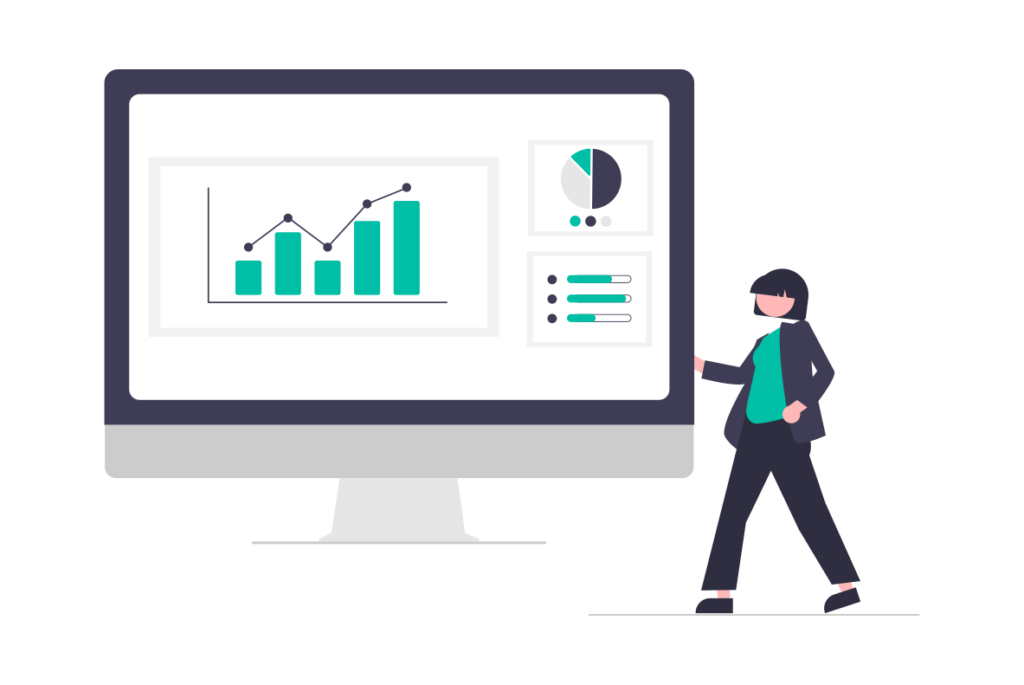The importance of building your audience first in a go-to-market strategy

What is a go-to-market strategy?
A go-to-market (GTM) strategy is your plan for launching a new product or service in a market or launching an existing product in a new market. Without one, your business may struggle to make significant and sustained growth and this can often be the reason it fails.
A marketing plan and a go-to-market strategy aren’t exactly the same. The latter is short-term and specific to a product or market. A marketing plan is a longer-term solution that extends past the first year and gives direction for your entire business.
A well-planned and executed strategy is the best way to establish your business in the market and start to gain share in the first few months.
Building a GTM strategy involves gathering information about the marketplace and using that to develop a roadmap from the point of launch.
What are the key steps in a go-to-market strategy?
Broadly, there are three main steps for creating a go-to-market: researching, writing, and testing.
First, you must spend time researching the information that will help you craft your strategy including the market’s landscape, your competitors, your customer, and even any legal elements that might impact how you launch.
Next, it’s time to write your strategy. It should cover and compress many different elements that give you a clear and focused plan of action. The essential elements of a successful go-to-market strategy should include:
- An understanding of your market
- An understanding of your customer
- A definition of your value proposition
- Channel selection
- A plan for resources and expertise
Each go-to-market strategy should be unique, and there’s no one-size-fits-all approach that works. The strategy you put in place will be based on your product, the market, and crucially, your target audience.
Why is it important to build your go-to-market audience first?
Arguably, the most important part of a go-to-market strategy that will determine whether or it is successful is your audience understanding. An effective launch strategy is one that accurately defines an ideal customer and therefore, your go-to-market audience.
It’s important to do this activity first because most of the other decisions you’ll make in your go-to-market strategy will follow from this information.
You’ll often hear the term ‘audience-first’ when it comes to business and marketing. That’s because, as the purchaser of your product or services, your audience is the most important piece of the puzzle. Your approach to everything should be based on what works for them.
The bullseye framework, for example, is a powerful method for focusing on the right channels, but without an understanding of who your audience is and where they spend time both online and offline, you’ll struggle
The reasons to develop your go-to-market audience first include, but aren’t limited to:
1. Quicker Growth
With a clear picture of who your target audience is, you’ll be able to align your offering to meet their expectations and needs. This in turn increases the value your product brings to them and you’ll see higher demand and quicker growth.
If your product and communications don’t keep your customer’s needs front and centre, they’re more likely to take longer to make a purchase decision. That is if they even make that decision at all. This is especially true if your product isn’t a necessity or there are other options in the market. The more focused your go-to-market audience is, the better your competitive advantage at launch.
2. Improved Efficiency
When you know exactly who you’re targeting, it’s easier and quicker to develop the right messaging you’ll use to speak to them. You’ll also know exactly where to put this message to reach them. Yes, there’s plenty of room for testing and refining things along the way, but the earlier you have this clarity, the better.
From developing creative concepts, writing ad copy, and choosing channels and platforms, when you have an accurate idea of what’s going to work, all marketing operations and activations will become more efficient.
3. Reduced Cost
Having a clear definition and descriptions of your go-to-market audience lets you focus your resource and your spend in the most promising spaces. The better you know your audience, the less spend you will waste targeting others who aren’t as receptive to your product and proposition.
You want to know as much as possible, from what language resonates best with them to where they spend time online.
The cost you will save by having an effective focus can come from several areas including creative and production fees, time, resources, ad spent, and more. When launching a product in a market, it’s crucial to keep wastage to a minimum.
4. Longevity & Evolution
Building and launching your go-to-market strategy with a clear picture of your target audience has long-term benefits for the growth and evolution of your business.
Over time, you’ll learn, optimise, and refine your strategic approach based on performance data. You’ll develop a richer picture of exactly what does and doesn’t resonate with your audience. Through experience, you’ll understand more about their purchase journeys and be able to identify where the most valuable segments are. This allows you to make better decisions and continue to grow and scale.
Knowing your audience is also important for your brand. A clear and consistent value exchange and proposition from the start is the best way to establish your business in a market and increase its share of voice.
How do you build an audience for your go-to-market strategy?
Conducting market and industry research is the most effective way to figure out the type of person who needs your product. This is an important first step, as it can be easy to reflect your own personal opinions on who your target audience is, which often isn’t quite accurate. It’s okay to start with a hypothesis, but make sure to get qualitative and quantitive data to back it up.
You can use a range of free and paid tools to do this, but if it’s a struggle to find or fund them, don’t underestimate the power of desktop research. Chances are, somebody else has done some exploration into your target demographic before.
Once you’ve carried out your analysis you’ll have a strong picture of the type of person you’re targeting including age, gender, and location. You may have started to build a more detailed picture of them, populated with information such as:
- What motivates them
- What their challenges and pain points are
- What language they use
- What media and content they consume
- What drives their purchase decisions
- Where they spend the most time online
- How they typically behave online
At this stage, some businesses decide to create audience personas. This involves developing one or more fictional representations of example consumers as a way to increase your understanding of them.
Once you have your data-driven hypothesis on who your audience is, it’s time to put it to the test. Carry out your own research through interviews and surveys to get feedback that will help you validate your theory.
How do you optimise your audience?
The more accurate you are about your target audience at launch, the more efficient and effective your go-to-market strategy will be. But, there is always room for improvement, and you will likely learn more about your audience by measuring how effective your communications are.
Perhaps one channel performs better than the other, or perhaps one creative message resonates better than the other. Use this valuable performance data to refine your personas and develop your understanding of your consumer.
Talk to a Growth Advisor
We create a clear, focused marketing strategy by combining our expertise with your knowledge of your business.
Related Posts

How to Build Long-Term Sustainable Growth
Learn the essential strategies and practical steps to achieve long-term sustainable growth for your business.

What Is Organic Business Growth?
Organic business growth is a term that is thrown around a lot in the business world. But what exactly...

Fixed Mindset vs Growth Mindset
Discover the fundamental disparities between a fixed mindset and a growth mindset in this insightful article.
